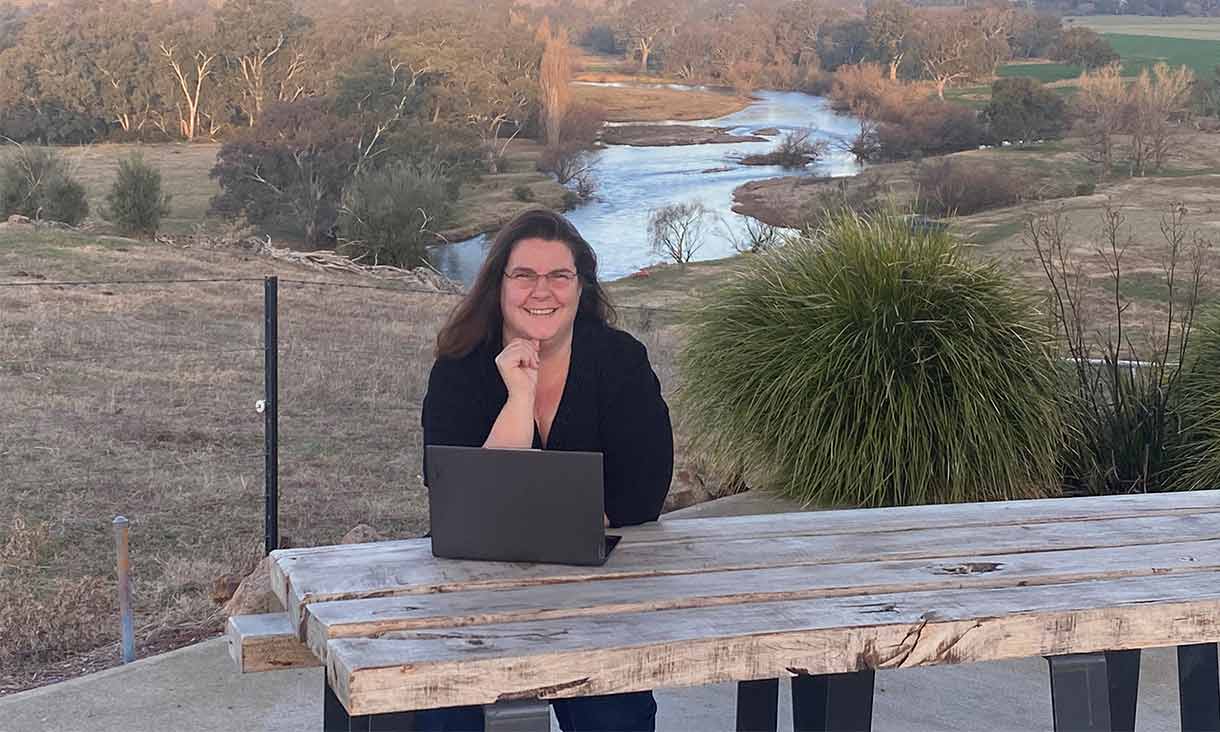Peatlands in the Australian Alps are a type of mossy wetland characterised by carbon-rich peat soil, formed from plants that have partially decomposed in wet, swampy conditions. These ecosystems are incredibly effective at capturing carbon in the live moss layer then storing it in the soils below, sometimes for thousands of years.
While peatlands only cover up to 3 per cent of the Earth’s land surface, they store an estimated 30 per cent of the world’s soil carbon. This is twice the amount of carbon stored in every forest on the planet.
Lead author and postdoctoral researcher, Dr Sarah Treby, said the protection of these environments is an important step towards addressing global climate change.
“Peatlands are globally significant in capturing and holding carbon. But when they are disturbed, they can release carbon back to the atmosphere as greenhouse gases,” Treby said.
“Our new paper on the impact of feral horses in Kosciuszko National Park, New South Wales, is the first to explore how degradation caused by feral horses impacts carbon cycling in Australian alpine and subalpine Sphagnum moss peatlands.”
The preliminary study measured peatland carbon dioxide (CO2) emissions using a portable greenhouse gas analyser and transparent chambers, and found they were significantly higher at sites degraded by feral horses compared to sites where horses are not present.
“Previous research has shown feral horses contribute to biodiversity loss and environmental degradation,” Treby said.
“Our study shows differences in overall site condition, as well as soil and water quality, between areas with and without feral horses.
“We found equal evidence of other large feral herbivores between the horse-present/horse-absent sites, so we know that differences in carbon emissions and site condition cannot be attributed to deer or pigs.
“The evidence suggests the damage resulting from horse grazing and trampling could have negative consequences for the long-term carbon storage of affected peatlands.”
Feral horses and their effect on carbon cycling
Horses were introduced to Australia in 1788 with the arrival of the first Europeans.
Now Australia has approximately 400,000 feral horses, – according to the Invasive Species Council – more than any other country.
More than 18,000 of those are found in Kosciuszko National Park alone, estimates the NSW National Parks and Wildlife Service.
Co-author and soil scientist, Dr Samantha Grover, explained that feral horses are a destructive pest in our uniquely vulnerable Australian ecosystems.
“Horses and other large grazing animals, like sheep and cows, are not native to Australia. Our native wildlife have large, soft feet, and our plants and soils are easily damaged by hard hooves,” Grover said.
“Hard-hooved animals damage soils by trampling and compaction, which can lead to erosion, reduced infiltration of water and loss of high-carbon, high-fertility topsoil.”
Data collected from sites with and without feral horses showed lowered water and soil quality where feral horses were present.
The research suggests that horses also cause significant loss of soil carbon through waterways, known as fluvial carbon loss. Hard horse hooves trample and erode soils, which can end up in creeks and rivers, instead of in the peatland. This carbon can then be transported downstream and, ultimately, released as carbon dioxide.
Peatlands, in their natural condition, are among the most effective natural carbon capturing and storing ecosystems in the world, far outperforming rainforests. Degraded peatlands, such as those trampled by horses, can instead be carbon sources, releasing more carbon back into the atmosphere than they capture.





